2025 Ultimate Beijing Shopping Guide for Foreign Travelers
Does Beijing Have Good Shopping?
Definitely! As one of the most popular travel hubs in Asia, Beijing’s shopping scene combines “old Beijing charm” with “global shopping trends,” making it a must-visit for anyone looking to take home a piece of China’s capital. Whether you’re hunting for cultural souvenirs, luxury brands, or quirky local finds, this guide will help you navigate the city’s top shopping destinations, understand practical tips like payment methods and tax refunds, and plan efficient shopping routes.
Comprehensive Shopping Area Guide
Central Historical & Cultural District
This area is ideal for travelers who want to shop while soaking up Beijing’s imperial history. Most spots are within walking distance of major landmarks like Tiananmen Square and the Forbidden City.
-
Wangfujing Street
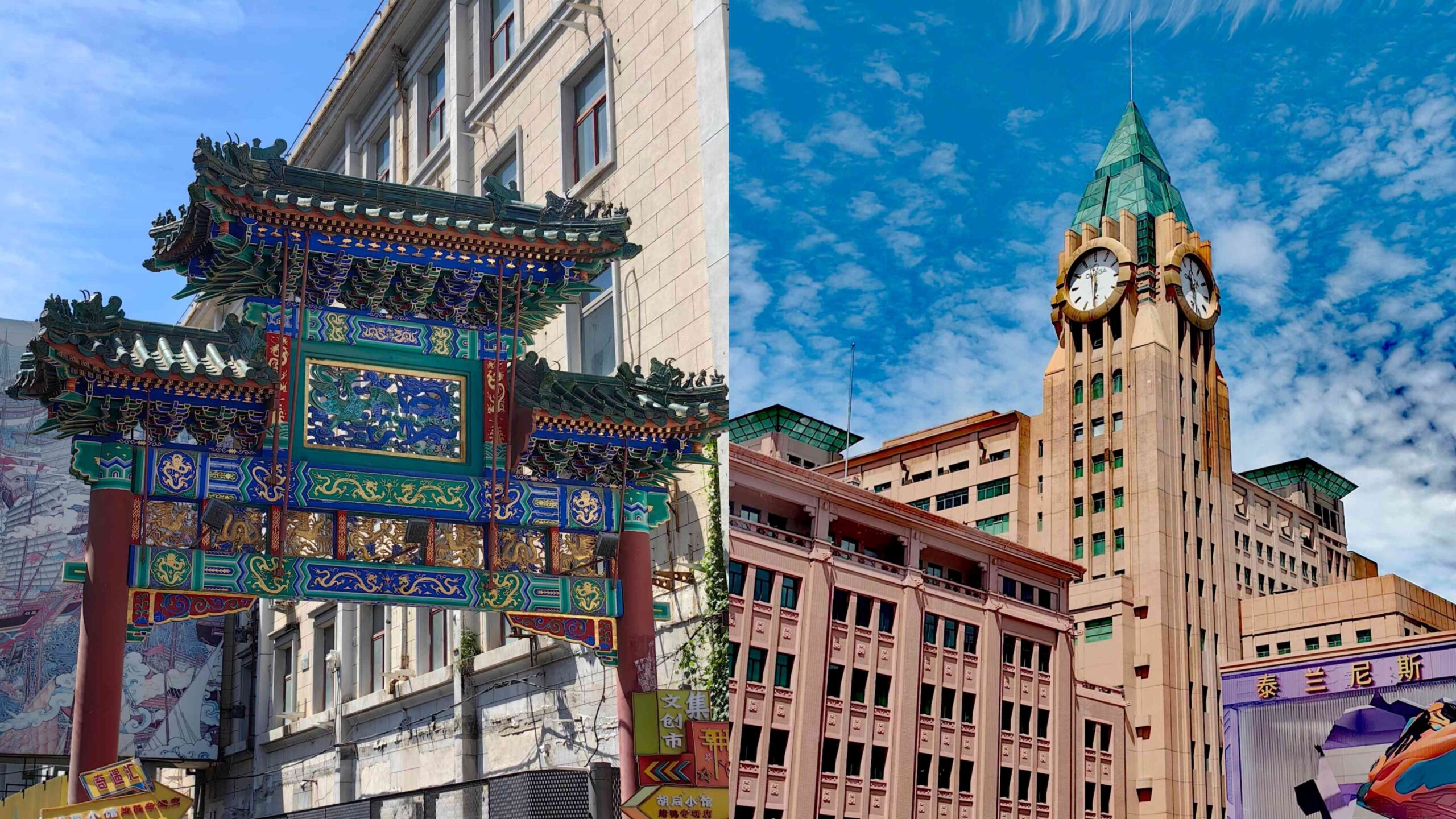
-
Location: Dongcheng District, stretching from East Chang’an Avenue to Wangfujing Avenue. Accessible via Metro Line 1 (Wangfujing Station, Exit A).
-
Features: A 1.6-kilometer pedestrian street blending time-honored Chinese brands with modern shopping malls. It’s one of Beijing’s most iconic shopping streets, busy day and night.
-
Specialty Goods:
-
Traditional: Neiliansheng (handmade cloth shoes for men/women, starting from ¥300), Wuyutai (premium jasmine tea, ¥50–¥500/box), and Quanjude (vacuum-packed Peking duck gift sets, ¥150–¥300).
-
Modern: Oriental Plaza (a large mall with Zara, Apple Store, and international restaurants) and Wangfujing Department Store (cosmetics, electronics, and local snacks).
-
-
Qianmen Dashilan Area
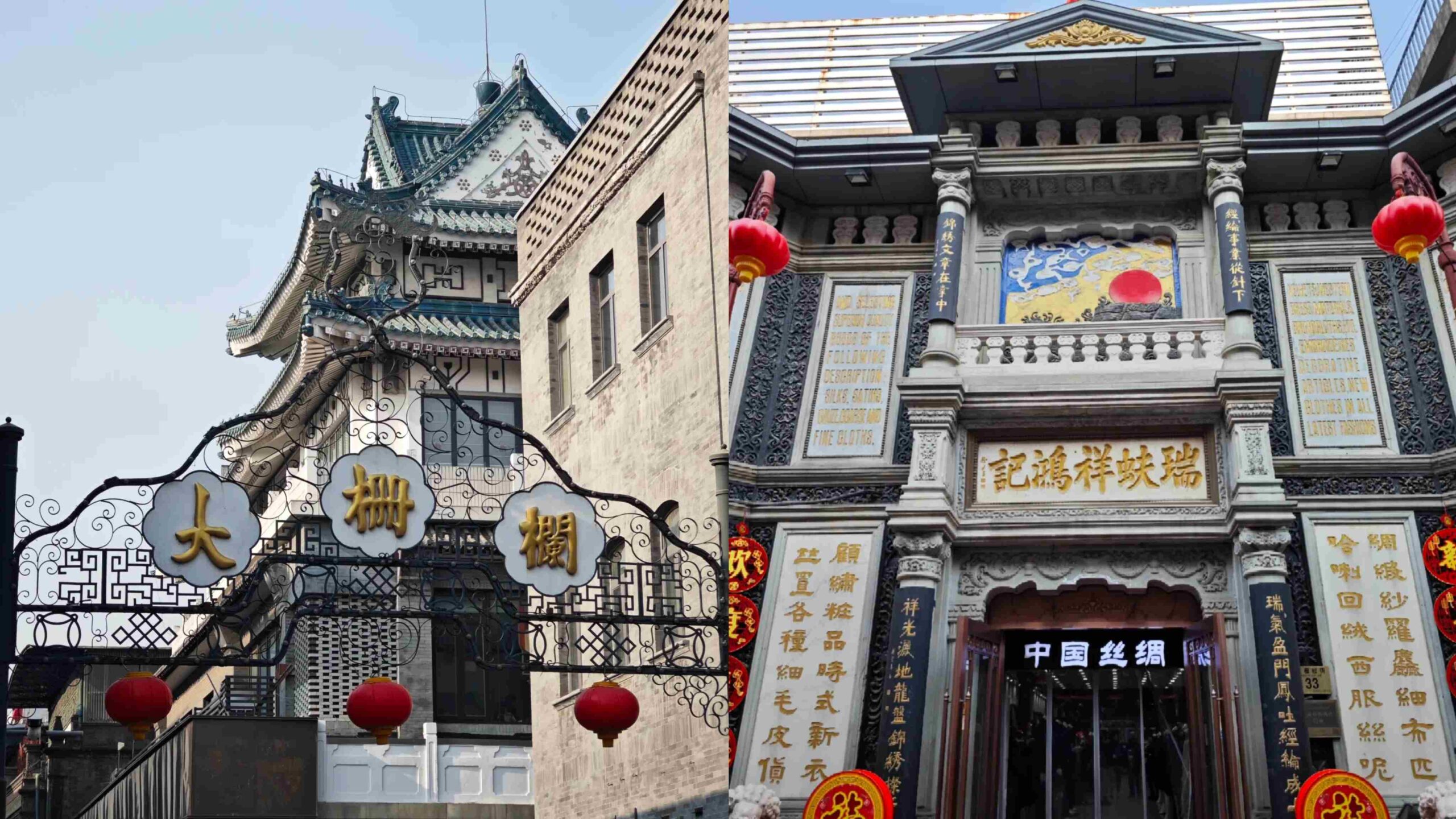
-
Location: Southern end of Tiananmen Square, Xicheng District. Metro Line 2 (Qianmen Station, Exit C).
-
Features: A 600-year-old commercial street preserving Qing Dynasty-style architecture, home to over 30 “China Time-Honored Brands.”
-
Specialty Goods:
-
Ruifuxiang (high-quality silk fabrics and custom cheongsams, silk scarves ¥200–¥800, custom cheongsams starting from ¥2,000).
-
Zhang Yiyuan (top-grade green tea and oolong, ¥80–¥1,000/500g).
-
Liubiju (famous pickles, gift boxes ¥60–¥150, perfect for food souvenirs).
-
-
Liulichang Cultural Street
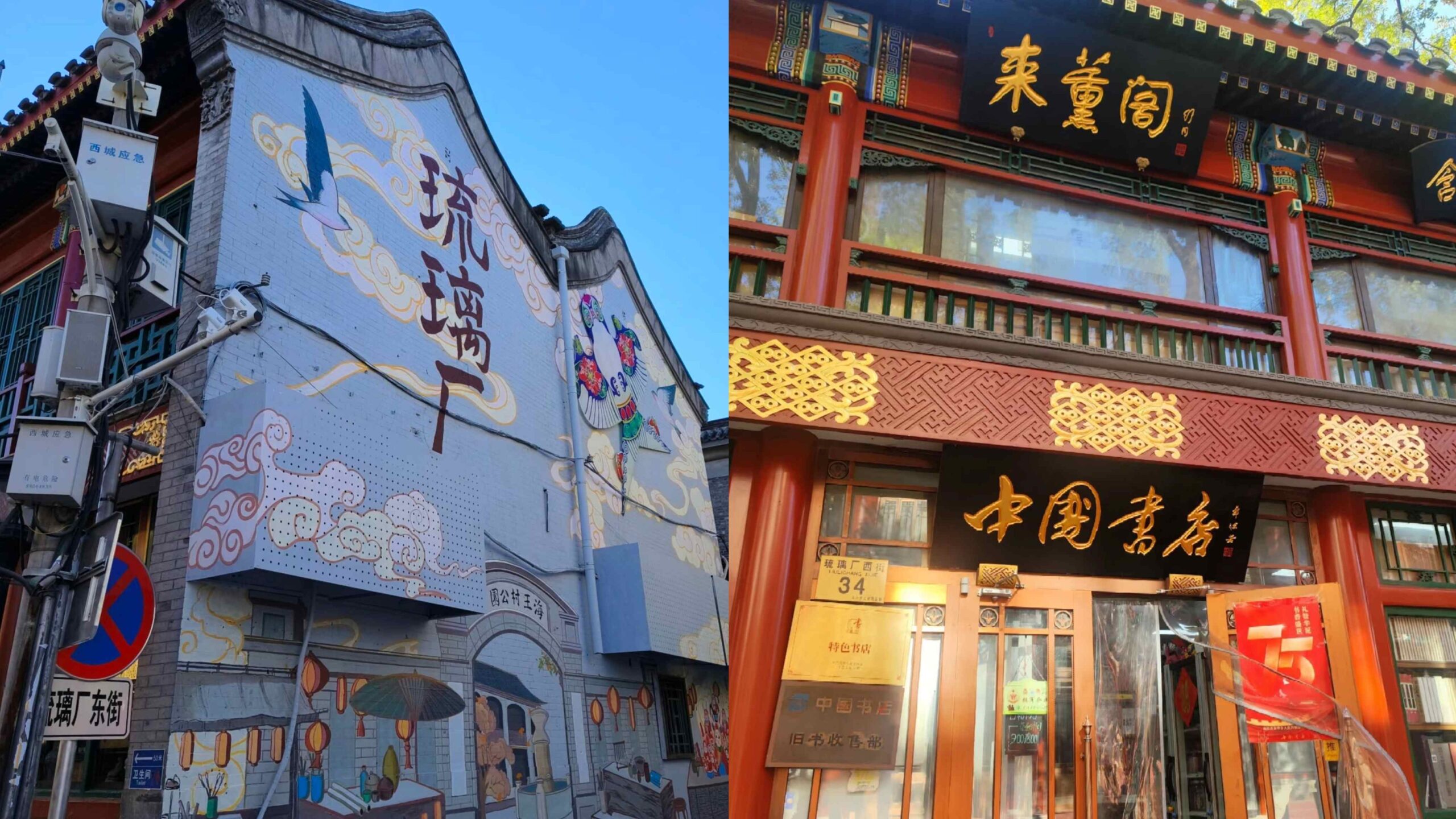
-
Location: Xicheng District, between Hufang Road and Taoranting Road. Metro Line 7 (Taoranting Station, Exit A).
-
Features: A 800-meter street dedicated to Chinese traditional culture, with shops selling calligraphy, paintings, antiques, and stationery. It’s quiet and less crowded than Wangfujing.
-
Specialty Goods:
-
Rong Bao Zhai (high-quality rice paper, ink sticks, and traditional Chinese paintings, ink sticks ¥50–¥500).
-
Antique shops: Authentic jade carvings (¥500–¥10,000+), ancient coins (¥50–¥1,000), and porcelain (¥200–¥5,000). Note: Ask for certificates for high-value antiques.
-
Hutong Creative Districts
Hutongs (narrow alleyways) are Beijing’s cultural heartbeat, and these districts offer unique, locally designed products and a relaxed vibe.
-
Wudaoying Hutong
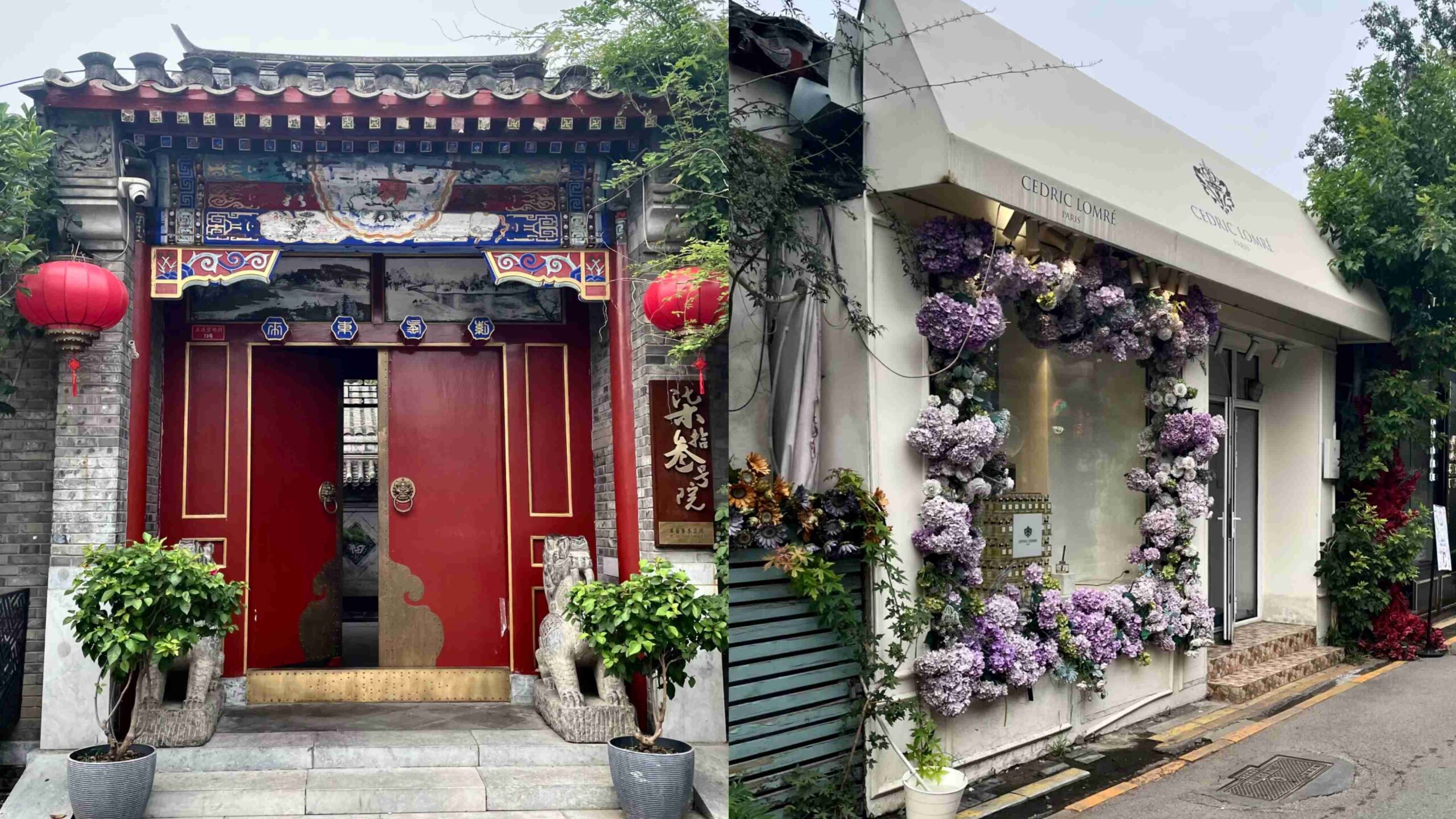
-
Location: Dongcheng District, near Andingmen Inner Street. Metro Line 2 (Andingmen Station, Exit B).
-
Features: A 600-meter hutong with 30+ independent designer shops, cozy cafes, and small art galleries. It’s popular among young locals and expats for its “bohemian” feel.
-
Specialty Goods:
-
Handmade jewelry (¥100–¥500 per piece, e.g., shops like “Miao Craft” with silver accessories).
-
Original clothing (brands like “Slow Life” offer cotton dresses and linen shirts, ¥200–¥800).
-
Custom leather goods (wallets, bags, ¥300–¥1,200 at “Leather Workshop”).
-
-
Nanluoguxiang
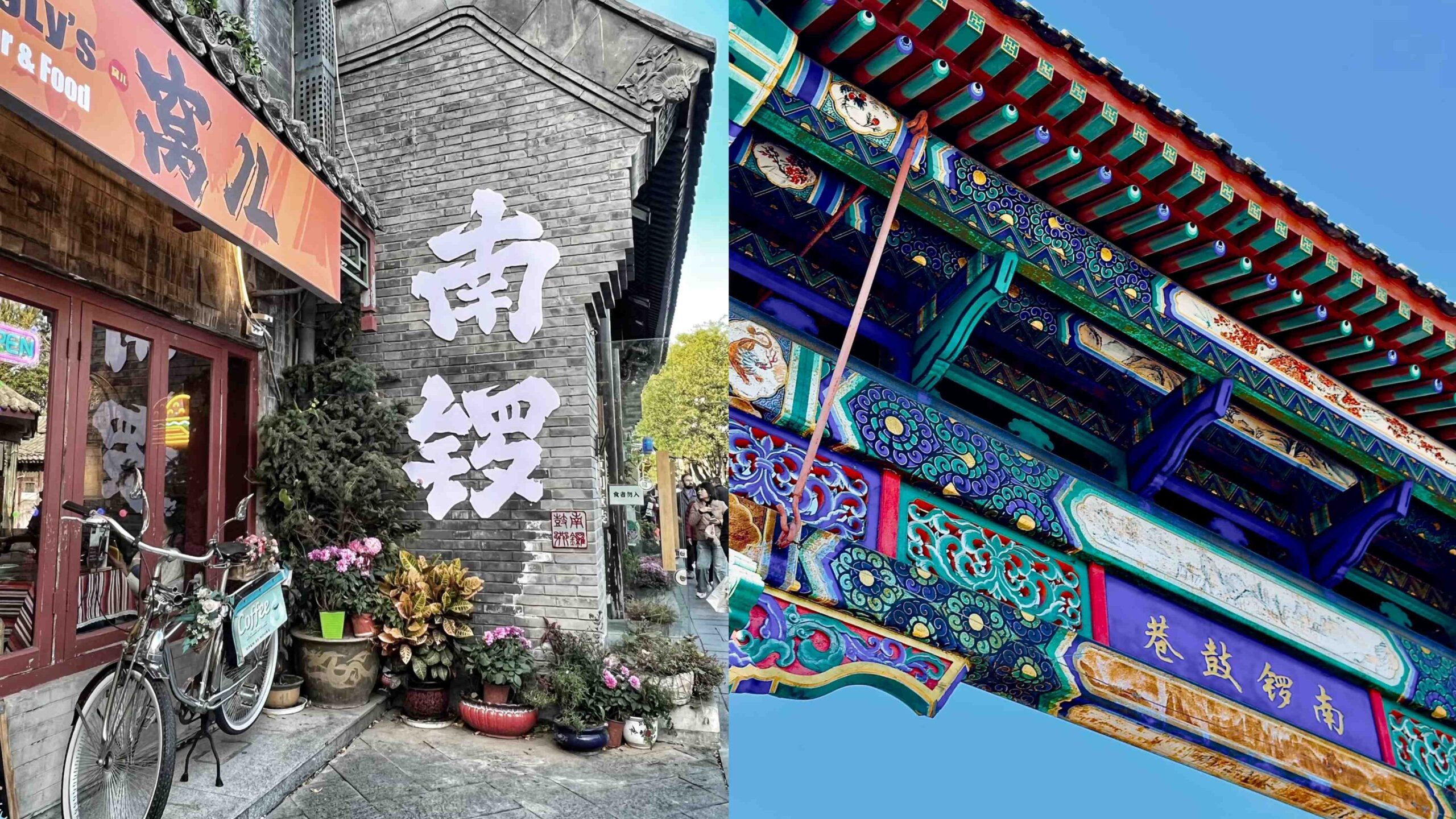
-
Location: Dongcheng District, stretching from Gulou East Street to Di’anmen East Street. Metro Line 6/8 (Nanluoguxiang Station, Exit A).
-
Features: One of Beijing’s most famous hutongs, packed with souvenir shops, street food stalls, and cafes.
-
Pros: Great for sampling local snacks (e.g., 驴打滚 [lv dagun, glutinous rice rolls with red bean paste], ¥8) and buying cheap souvenirs (fridge magnets, ¥10–¥30).
-
Cons: Highly commercialized, crowded on weekends, and some products are low-quality (avoid overpriced “antiques”).
-
Must-Buy: Hand-painted Beijing opera masks (¥50–¥200) and custom calligraphy scrolls (¥100–¥500).
Modern Fashion Centers
For luxury shopping and international trends, these districts are Beijing’s answer to New York’s Fifth Avenue or Paris’s Champs-Élysées.
-
Sanlitun Taikoo Li
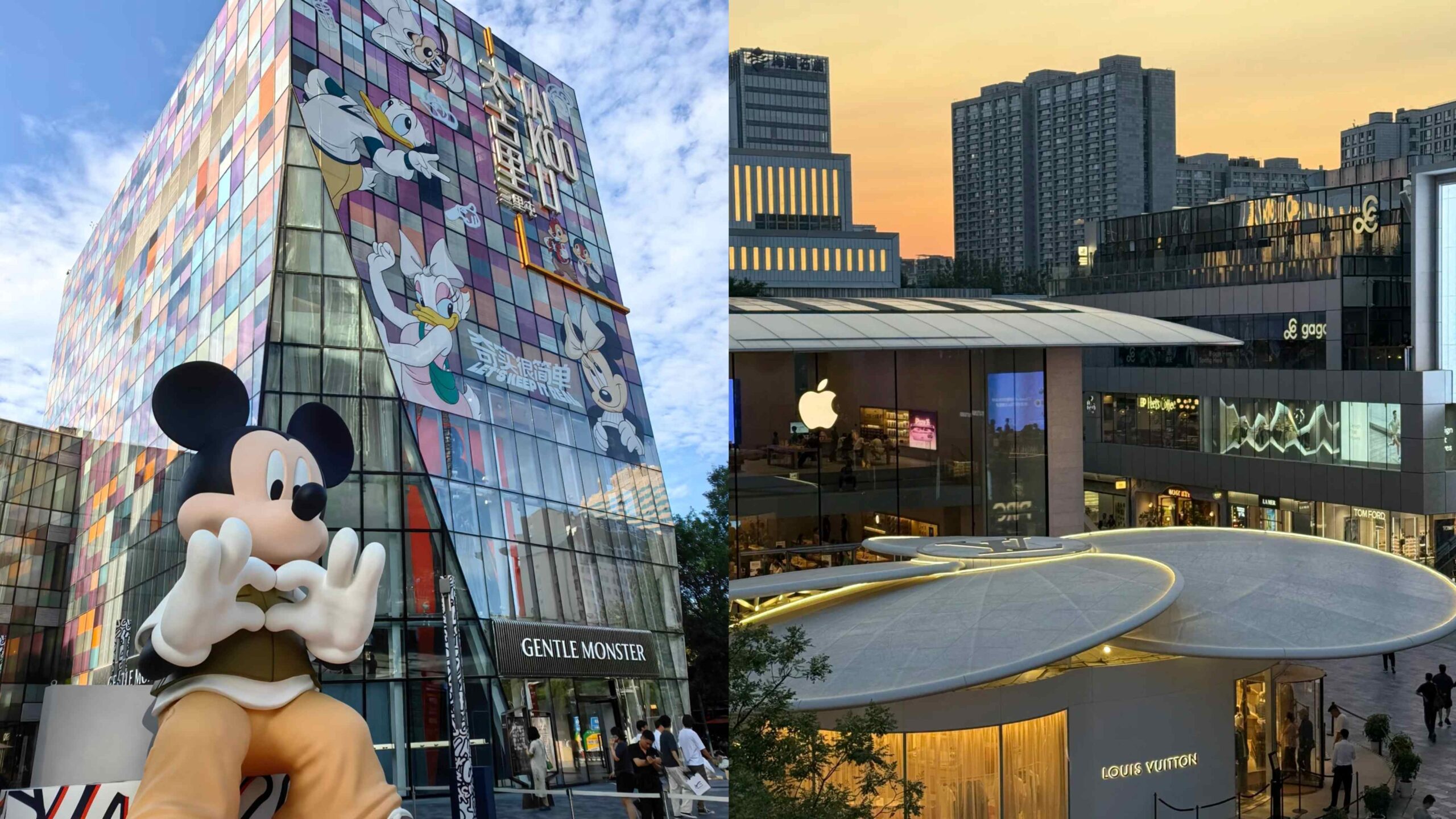
-
Location: Chaoyang District, near Workers’ Stadium North Road. Metro Line 10 (Tuanjiehu Station, Exit A).
-
Features: An open-air shopping complex with 200+ international brands, trendy boutiques, and upscale restaurants. It’s a hotspot for fashion bloggers and celebrities.
-
Specialty Goods:
-
Luxury brands: Gucci, Louis Vuitton, Prada (flagship stores with exclusive collections).
-
Street fashion: Supreme, A Bathing Ape (limited-edition streetwear, ¥800–¥3,000).
-
Lifestyle stores: Muji (Japanese home goods, ¥50–¥1,000) and Apple Store (latest products with international warranty).
-
-
China World Mall (Guomao)
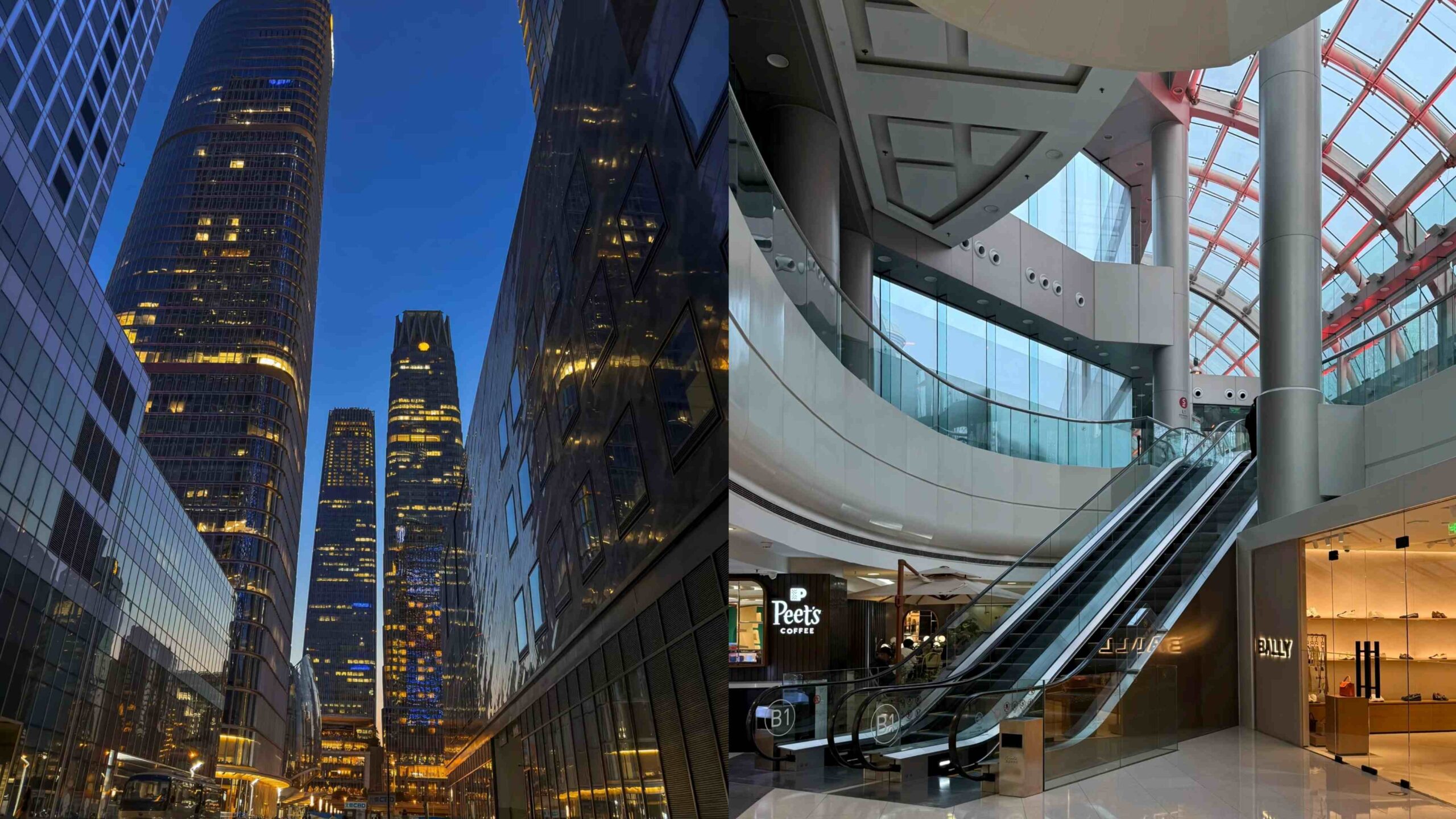
-
Location: Chaoyang District, at the intersection of East Third Ring Road and Jianguomen Outer Street. Metro Line 1/10 (Guomao Station, Exit C).
-
Features: One of Asia’s largest luxury malls, connected to the China World Trade Center. It’s popular among high-end shoppers and business travelers.
-
Specialty Goods:
-
High-end fashion: Chanel, Dior, Hermès (bags, clothing, and accessories, prices starting from ¥5,000).
-
Watches and jewelry: Rolex, Cartier, Tiffany (watches ¥20,000+, diamond necklaces ¥10,000+).
-
Electronics: Samsung, Sony (latest smartphones and cameras, ¥4,000–¥15,000).
-
-
SKP Beijing
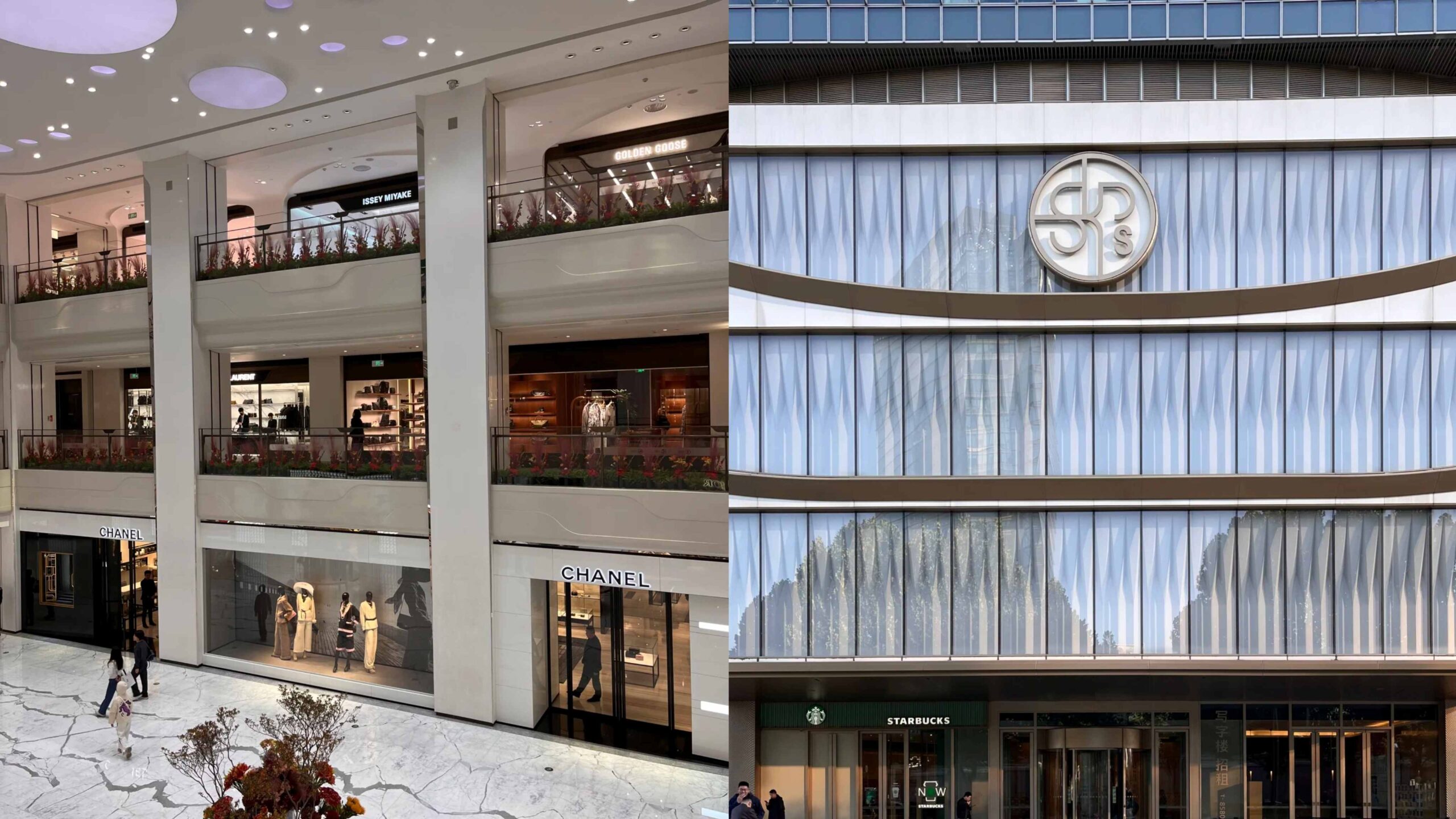
-
Location: Chaoyang District, No. 87 Jianguo Road. Metro Line 1 (Da Wang Road Station, Exit D).
-
Features: Ranked among the world’s top luxury department stores, with over 1,000 global brands. It’s known for exclusive launches and personalized service.
-
Specialty Goods:
-
Haute couture: Valentino, Armani Prive (custom-made clothing, ¥50,000+).
-
Luxury home decor: Fendi Casa, Versace Home (sofas, lamps, ¥10,000+).
-
Gourmet food: Imported chocolates (La Maison du Chocolat, ¥200–¥500/box) and fine wines (Bordeaux, ¥1,000–¥10,000/bottle).
-
Specialty Markets
These markets are perfect for “treasure hunting” and bargaining, offering everything from antiques to custom clothing.
-
Panjiayuan Flea Market
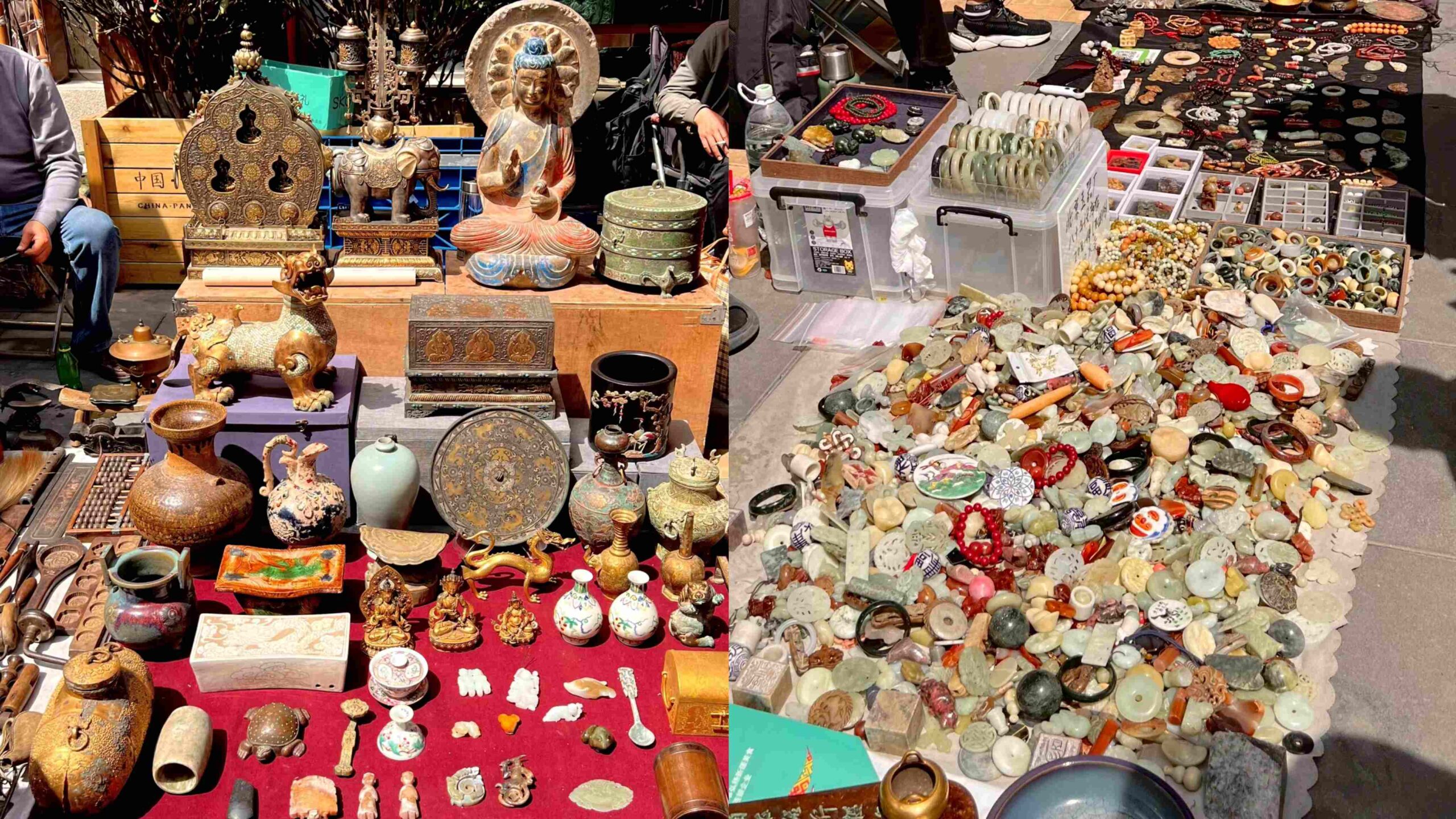
-
Location: Chaoyang District, Panjiayuan Road. Metro Line 14 (Panjiayuan Station, Exit A).
-
Features: Asia’s largest antique market, open every day (8:00–18:00), but busiest on weekends. It’s a paradise for collectors and bargain hunters.
-
Specialty Goods:
-
Antiques: Old furniture (Qing Dynasty-style chairs, ¥2,000–¥20,000), ancient stamps (¥50–¥1,000), and bronze statues (¥300–¥5,000).
-
Handicrafts: Cloisonné bracelets (¥80–¥300), jade pendants (¥200–¥2,000), and paper-cuttings (¥20–¥100).
-
Tip: Bargain for 30–50% off the initial price; avoid buying expensive antiques without authentication.
-
-
Xiushui Street Market
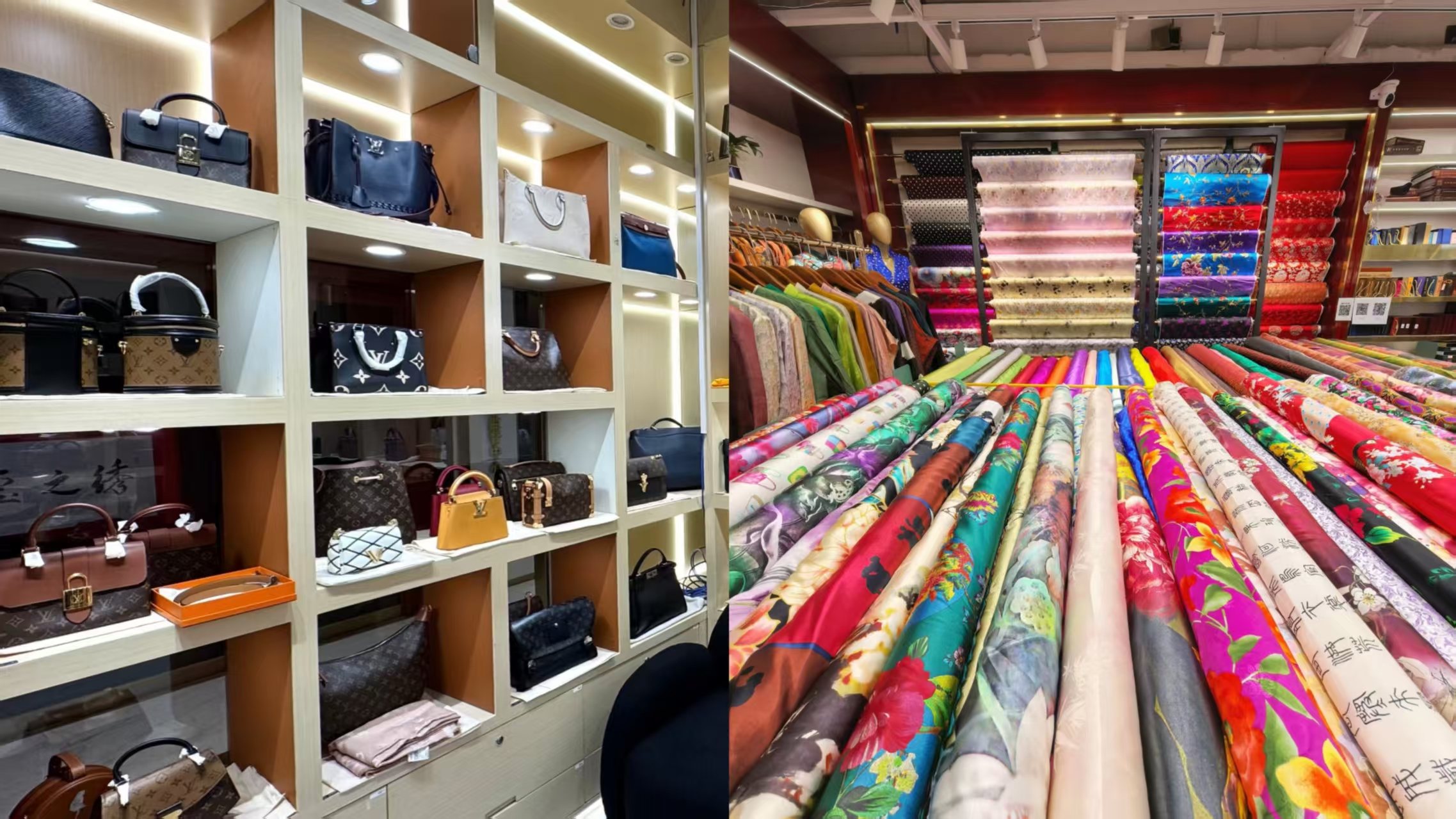
-
Location: Chaoyang District, near Tiananmen Square East. Metro Line 1 (Tiananmen East Station, Exit C).
-
Features: A 5-story market famous for clothing, leather goods, and custom tailoring. It’s popular among foreign tourists for its “factory-direct” prices.
-
Specialty Goods:
-
Custom clothing: Suits (¥800–¥2,000), dresses (¥500–¥1,500), and shirts (¥200–¥500) with 2–3 day delivery.
-
Leather bags: Replica luxury bags (¥300–¥1,000) and genuine leather backpacks (¥500–¥1,200).
-
Shoes: Sneakers (¥200–¥800) and leather boots (¥300–¥1,000).
-
Recommended Themed Shopping Routes
-
Cultural Deep-Dive Day Route
-
Morning (9:00–12:00):
-
Panjiayuan Flea Market: Hunt for antiques and handicrafts (arrive early to avoid crowds).
-
Liulichang Cultural Street: Visit Rong Bao Zhai for calligraphy and antique shops.
-
-
Afternoon (13:30–17:00):
-
Ruifuxiang (Qianmen): Custom a silk scarf or cheongsam (book a fitting in advance).
-
Tongrentang (Qianmen): Buy TCM health products (ask staff for English recommendations).
-
-
Evening (18:00–20:00):
-
Qianmen Dashilan: Dine at a local restaurant (try “Quanjude” for Peking duck) and buy Liubiju pickles as souvenirs.
-
-
Fashion & Design Day Route
-
Morning (10:00–13:00):
-
798 Art Zone: Explore galleries and buy art prints or designer home goods. Dine at a café in the zone (e.g., “UCCA Café”).
-
-
Afternoon (14:00–17:30):
-
Sanlitun Taikoo Li: Shop for international brands (Gucci, Supreme) and local designers (Ms MIN).
-
-
Evening (18:30–20:30):
-
Wudaoying Hutong: Visit independent designer shops (e.g., “Slow Life”) and relax with a coffee at “Café Flator”.
-
-
Efficient Half-Day Shopping Route
-
Morning/Afternoon (3–4 hours):
-
Xiushui Street Market: Buy custom clothing or leather goods (bargain for the best price).
-
Pearl Market (10-minute walk from Xiushui): Buy pearl jewelry (ask for a certificate).
-
Lunch/Dinner: Dine at “Meizhou Dongpo” (near Xiushui) for Sichuan cuisine.
-
Final Stop: Wangfujing Food Street (15-minute taxi ride): Buy Peking duck gift sets and Fuling pancakes.
-
Practical Shopping Tips
Payment Methods
-
Mobile Payment (Alipay/WeChat Pay): The most convenient way to pay in Beijing (accepted at 90% of shops, markets, and restaurants).
-
Setup Guide:
-
Download Alipay or WeChat Pay from the App Store/Google Play.
-
Register with your international phone number.
-
Link an international credit card (Visa, Mastercard) or use “Alipay Tour Pass” (preloaded with RMB, no card needed).
-
-
Tip: Some small markets (e.g., Panjiayuan) may not accept mobile payment, so carry cash.
-
-
Credit Cards: Accepted at luxury malls (SKP, Guomao), international brand stores, and hotels. Visa and Mastercard are more widely accepted than American Express.
-
Cash Preparation: Carry RMB 500–1,000 in small bills (¥10, ¥20, ¥50) for markets, street food, and taxis. Exchange currency at Beijing Capital International Airport (BCIA) or major banks (Bank of China, ICBC) with your passport.
Tax Refund Process
Foreign tourists can claim a 11% tax refund on purchases over ¥500 at “Tax Refund-eligible Shops” (look for the blue “Tax Refund” sign).
-
Eligibility: Non-Chinese passport holders staying in China for less than 183 days.
-
Process:
-
Ask the shop for a “Tax Refund Form” and keep the original receipt.
-
At the airport (before checking in):
-
Go to the “Tax Refund Verification Counter” (e.g., BCIA Terminal 3, 4th Floor) to get the form stamped.
-
Check in your luggage and go through security.
-
Claim your refund at the “Tax Refund Office” (cash, credit card, or Alipay).
-
-
-
Notes:
-
Refunds take 1–3 working days for credit cards.
-
You must leave China within 90 days of purchase.
-
Logistics & Customs
-
Large Item Shipping: If you buy furniture, antiques, or bulk goods, use international shipping services like EMS (¥200–¥1,000+ depending on weight) or SF Express. Most luxury malls (e.g., SKP) offer free shipping to your hotel or airport.
-
Customs Restrictions:
-
Liquor: Max 2 liters per person (for international flights).
-
Cigarettes: Max 200 cigarettes per person.
-
Antiques: You need an authentication certificate from the State Administration of Cultural Heritage to export antiques over 100 years old.
-
-
Duty-Free Allowance: For international travelers, the duty-free limit is RMB 5,000 per person. Items over this limit may be taxed.
Emergency Contacts
-
Consumer Complaint Hotline: 12315 (English service available).
-
Tourist Information Hotline: 12301 (24/7, English support).
-
Beijing Police: 110 (say “English service” for assistance).
